Home>Ideas and Tips>Indoor Chinese Evergreen Care and Aglaonema Growing Guide
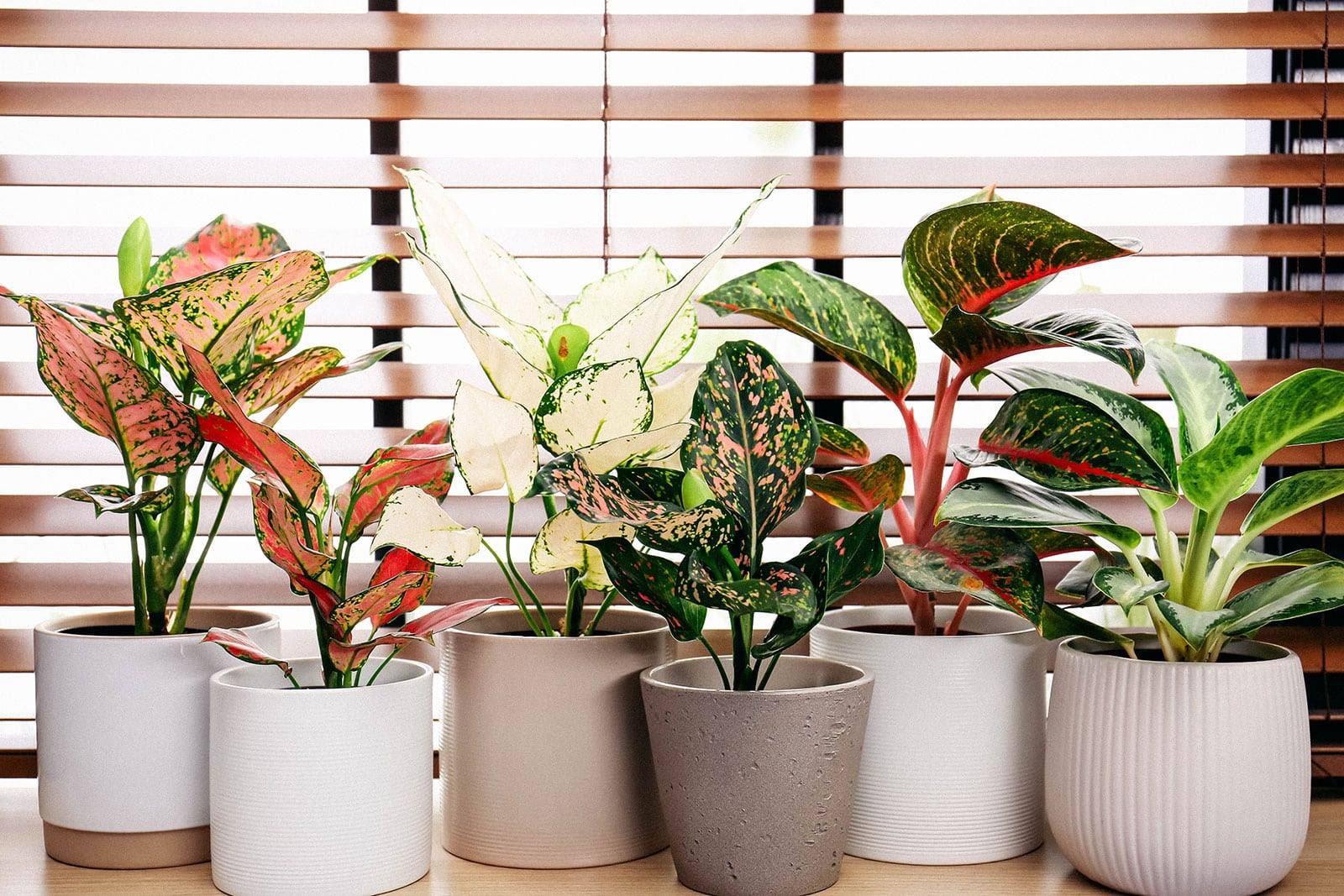

Ideas and Tips
Indoor Chinese Evergreen Care and Aglaonema Growing Guide
Published: September 25, 2024
Learn how to care for your Chinese Evergreen (Aglaonema) with our comprehensive guide on lighting, watering, humidity, and more for a thriving indoor plant.
(Many of the links in this article redirect to a specific reviewed product. Your purchase of these products through affiliate links helps to generate commission for Storables.com, at no extra cost. Learn more)
Introduction
The Chinese Evergreen, scientifically known as Aglaonema, is a popular and versatile houseplant cherished for its striking foliage and ease of care. Originating from the tropical and subtropical regions of Asia, this plant has become a favorite among indoor gardeners due to its ability to thrive in low-light conditions and its adaptability to various environments. In this comprehensive guide, we will delve into the intricacies of caring for your Chinese Evergreen, providing you with the knowledge to keep your plant healthy and thriving.
Understanding the Plant
Botanical Name and Varieties
The Chinese Evergreen is a member of the Araceae family and is commonly referred to as Aglaonema. There are several species within this genus, each with its unique characteristics. Some of the most common varieties include:
- Silver Bay: This variety features silver-green leaves with dark green markings.
- Red Emerald: Characterized by green leaves with red edges.
- Maria: Known for its dark green leaves with silver markings.
- Emerald Beauty: Deep green leaves with pale green variegation.
- Diamond Bay: Pale green in the center with dark green edges.
- White Rajah: Striking white variegation.
Each variety offers a unique aesthetic, making the Chinese Evergreen a versatile choice for any home or office decor.
Physical Characteristics
The Chinese Evergreen typically grows to a height of 1.0 to 1.5 feet (30 to 45 cm) and spreads equally, making it a compact and manageable houseplant. Its leaves come in various shapes and sizes, often featuring striking patterns and colors that add to its ornamental value.
Lighting Requirements
One of the key advantages of the Chinese Evergreen is its ability to thrive in low-light conditions. However, it also responds well to medium-bright, indirect light. Here are some guidelines for placing your plant:
-
Ideal Lighting: Medium-bright, indirect light is ideal for most varieties of Chinese Evergreen. Placing the plant directly in or near a window with East or West exposure works well. Unobstructed Northern windows can also provide low-moderate indirect light.
-
Avoid Direct Sunlight: Direct sunlight, especially from South-facing windows, should be avoided as it can cause leaf scorch. If you must place your plant near a South window, ensure it is protected by a sheer curtain to filter out harsh rays.
-
Adjusting to Outdoor Conditions: If you decide to move your plant outdoors during the summer months, gradually acclimate it to direct sunlight over several days. Choose a shaded spot to prevent burning the leaves.
Watering Tips
Proper watering is crucial for maintaining the health of your Chinese Evergreen. Here are some guidelines:
-
Soil Moisture: The plant prefers evenly moist soil but can tolerate periods of drought. Water your plant when the top inch of soil feels dry to the touch.
-
Watering Frequency: The frequency of watering depends on the light conditions. In brighter light, you will need to water more often, while in lower light conditions, you can water less frequently.
-
Preventing Overwatering: Overwatering can lead to root rot, so ensure your pot has proper drainage holes. Check the moisture of the soil before watering and avoid using a moisture meter as a substitute for your own judgment.
Humidity Levels
The Chinese Evergreen prefers high humidity but can tolerate normal room humidity levels. Here are some tips to maintain optimal humidity:
-
Humidifier: If the air in your home is consistently dry, consider using a humidifier to increase the humidity around your plant.
-
Placement: Placing your plant in a bathroom or kitchen can help maintain higher humidity levels naturally.
-
Pebble Tray: You can also place your plant on a tray filled with pebbles and water. Just ensure the bottom of the pot does not touch the water to prevent root rot.
Temperature Requirements
The ideal temperature range for the Chinese Evergreen is between 65°F to 80°F (18°C to 27°C). Here are some precautions:
-
Avoid Cold Drafts: Keep the plant away from cold drafts and air conditioning vents, as temperatures below 55°F (13°C) can cause damage.
-
Optimal Growth: The plant grows best between 68°F and 77°F (20°C and 25°C), making it suitable for most indoor environments.
Soil Preferences
The Chinese Evergreen prefers well-draining soil with good moisture retention. Here are some recommendations:
-
Soil Mix: A mix of coco coir, perlite, and compost provides ideal growing conditions. Alternatively, you can use a potting mix with perlite to enhance drainage.
-
Pot with Drainage Holes: Ensure your pot has drainage holes to prevent waterlogging the soil. If your pot lacks drainage holes, consider adding a layer of lava rocks at the bottom to create a place for excess water to pool away from the roots.
Common Problems
Despite its ease of care, the Chinese Evergreen can be susceptible to certain problems. Here are some common issues and their solutions:
Yellowing Leaves
- Cause: Overwatering
- Solution: Check the moisture of the soil and avoid watering if it feels wet. Ensure proper drainage holes in the pot.
Wilting Leaves
- Cause: Underwatering
- Solution: Increase the frequency of watering, but avoid overwatering.
Burnt Leaves
- Cause: Exposure to direct sunlight
- Solution: Move the plant to a location with indirect or filtered light.
Curling Leaves
- Cause: Temperature fluctuations, inadequate humidity, or underwatering
- Solution: Increase humidity around the plant using a humidifier or pebble tray. Keep it in a warm location free of drafts. Remove dry, brown leaves.
Precautions
The Chinese Evergreen can be toxic to pets and children if ingested. Here are some precautions:
- Keep Out of Reach: Place the plant out of reach of pets and children.
- Accidental Ingestion: If accidental ingestion occurs, contact a veterinarian or medical professional immediately.
Propagation
Propagating your Chinese Evergreen is relatively straightforward and can be done through stem cuttings or division.
Stem Cuttings
- Take Cuttings: Take a cutting with approximately four to six inches (10 to 15 cm) of stem.
- Root in Water: Place the stem in water and keep it in a spot with some bright, indirect light.
- Root in Soil: Once roots have developed, transfer the cutting to moist soil with a rooting hormone to speed up the process.
Division
- Divide the Plant: Divide an actively growing plant by removing it from its pot and gently separating a clump of roots.
- Pot New Roots: Pot the separated roots in fresh potting soil and water them in.
Repotting
Repotting your Chinese Evergreen is necessary every two to three years or when you notice roots growing out of the bottom of the pot.
- Choose a Larger Pot: Move the plant to a pot that is only a few inches wider than the current one.
- Add Potting Mix: Add potting mix (no deeper than the plant was in its original pot) and gently loosen any tangled roots.
- Water Thoroughly: Water thoroughly after repotting.
Fertilization
Fertilizing your Chinese Evergreen is essential for its growth and health.
- Slow-Release Fertilizer: Feed your plant with slow-release pellets or liquid houseplant fertilizer twice a year, at the beginning and end of its growing season.
- Water-Soluble Fertilizer: Alternatively, you can fertilize it lightly every month or so in spring and summer with water-soluble fertilizer.
Common Pests and Plant Diseases
While the Chinese Evergreen is generally easy to care for, it can occasionally be susceptible to pests and diseases.
Pests
- Scale, Mealybugs, Spider Mites: These pests can be treated with neem oil. Knock them off with a spray of water and repeat if necessary.
Diseases
- Fungal Infections, Root Rot: These issues arise due to overwatering. Ensure proper drainage and avoid watering if the soil feels wet.
Conclusion
The Chinese Evergreen is an excellent choice for indoor gardening due to its adaptability and low-maintenance requirements. By following these guidelines on lighting, watering, humidity, temperature, soil preferences, common problems, precautions, propagation methods, repotting schedules, and fertilization practices, you can ensure that your plant remains healthy and thriving. Whether you're a seasoned gardener or a beginner looking to add some greenery to your space, the Chinese Evergreen is sure to bring beauty and good fortune into your home or office.
Was this page helpful?
At Storables.com, we guarantee accurate and reliable information. Our content, validated by Expert Board Contributors, is crafted following stringent Editorial Policies. We're committed to providing you with well-researched, expert-backed insights for all your informational needs.
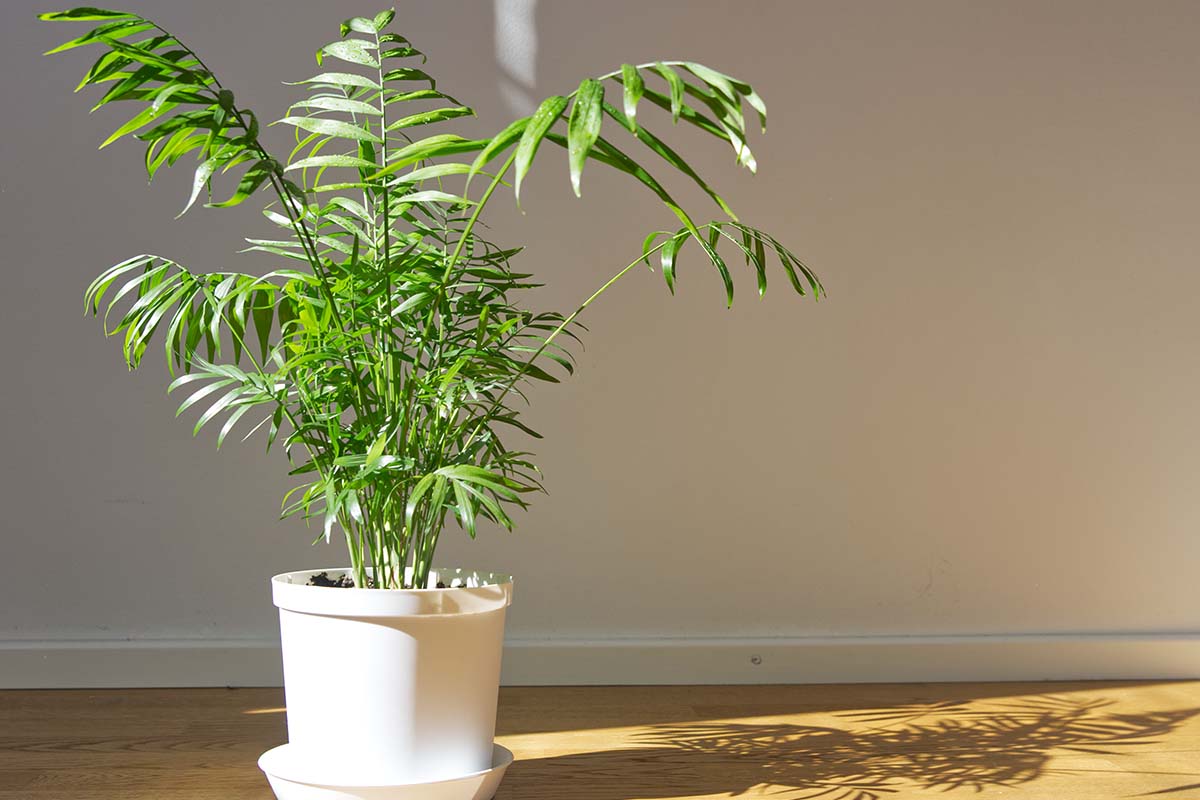
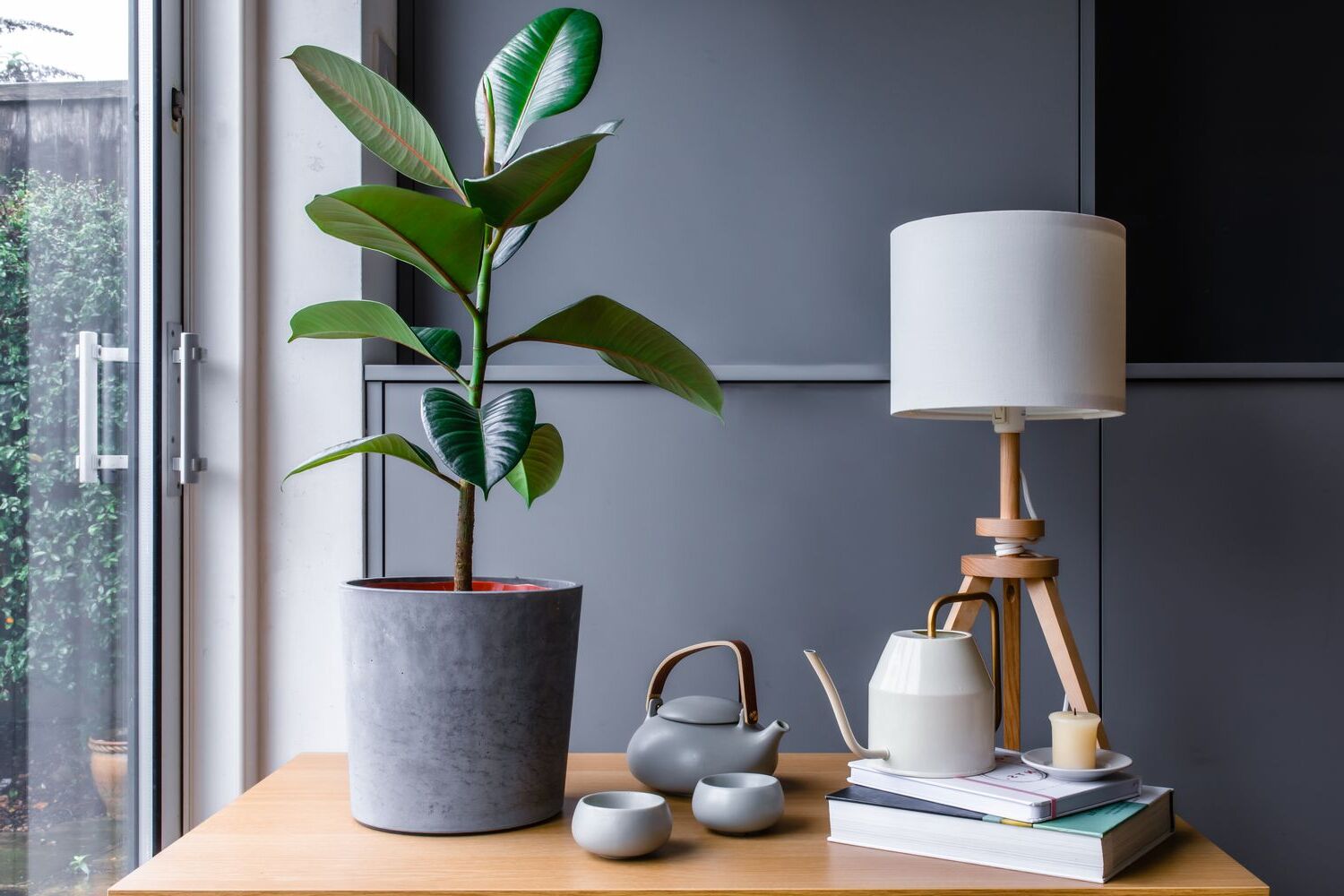
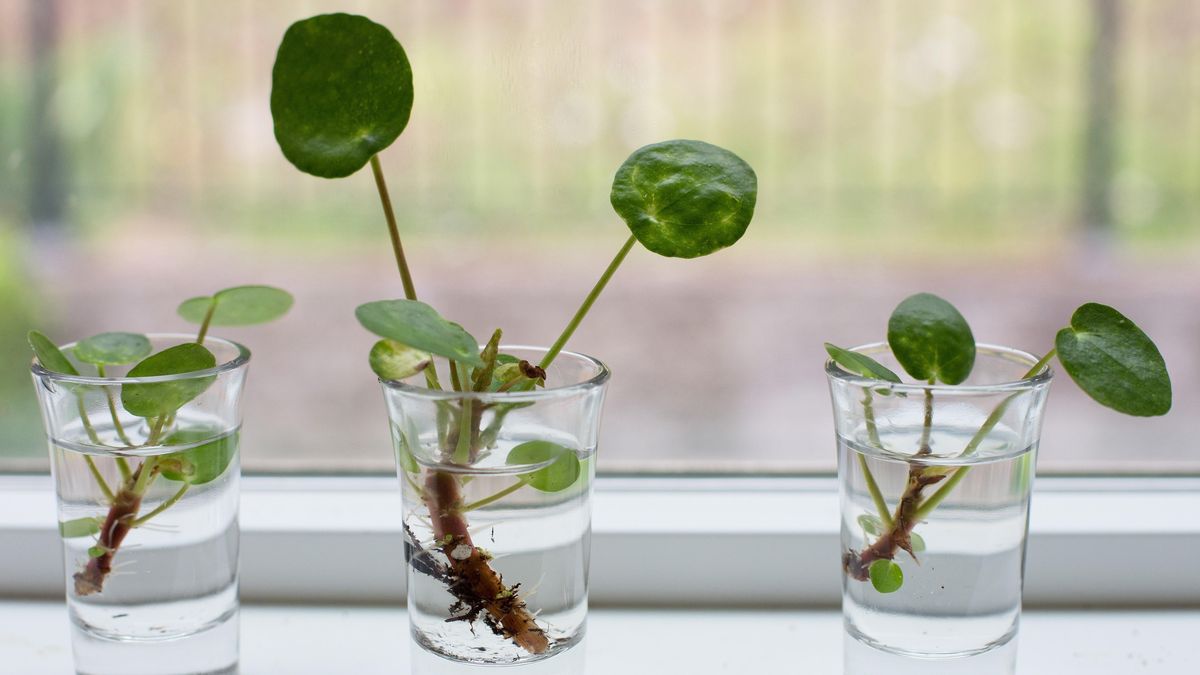
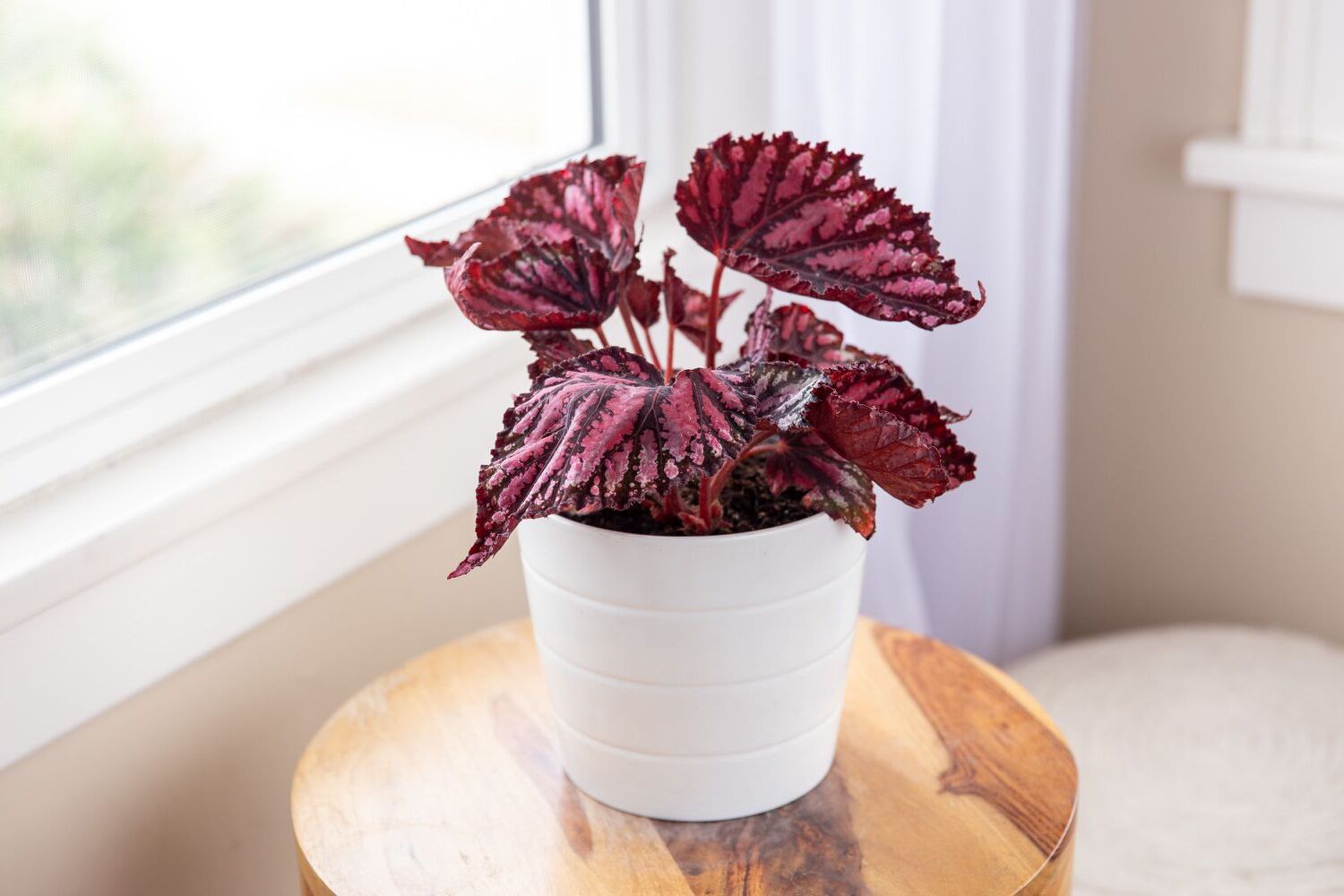
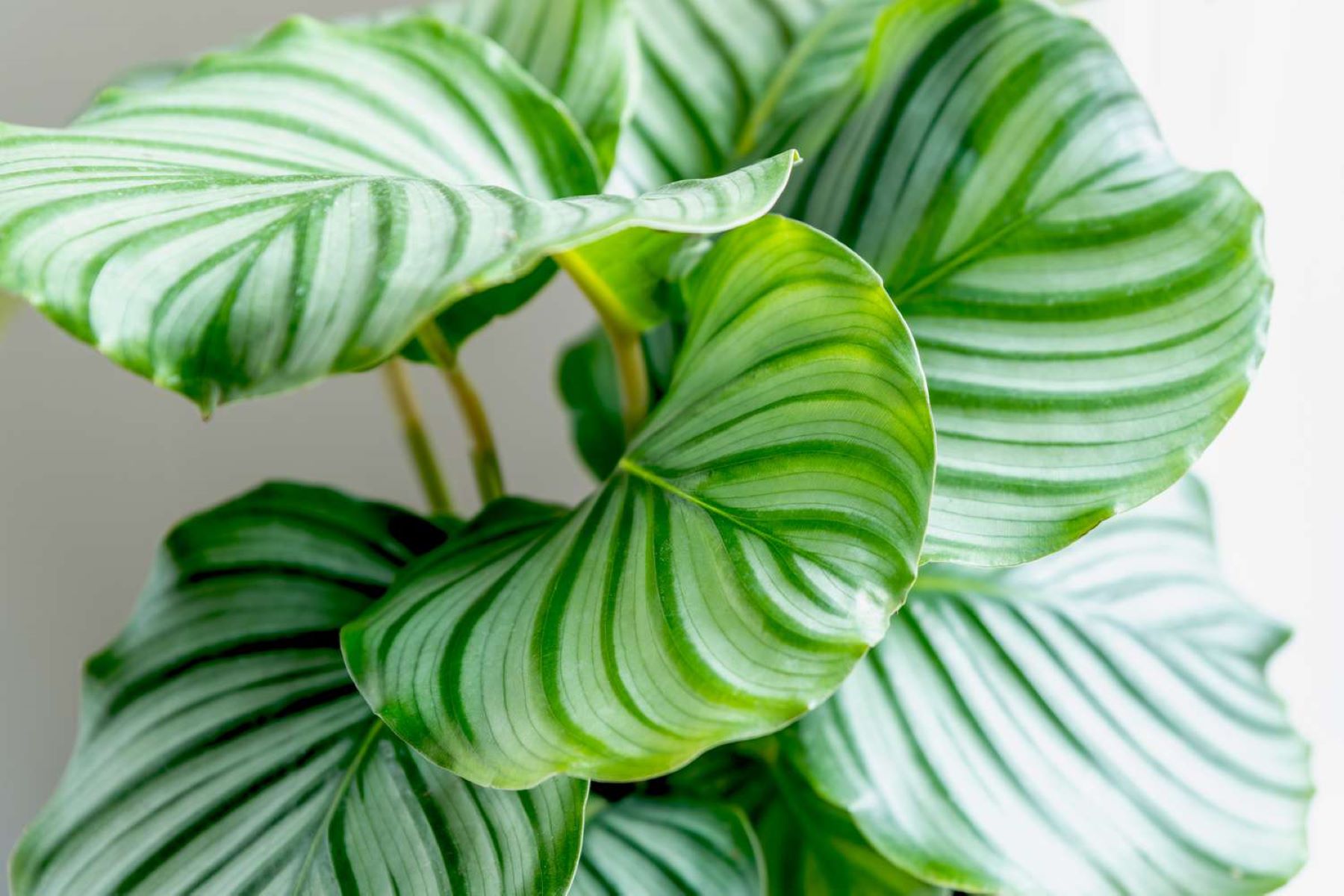
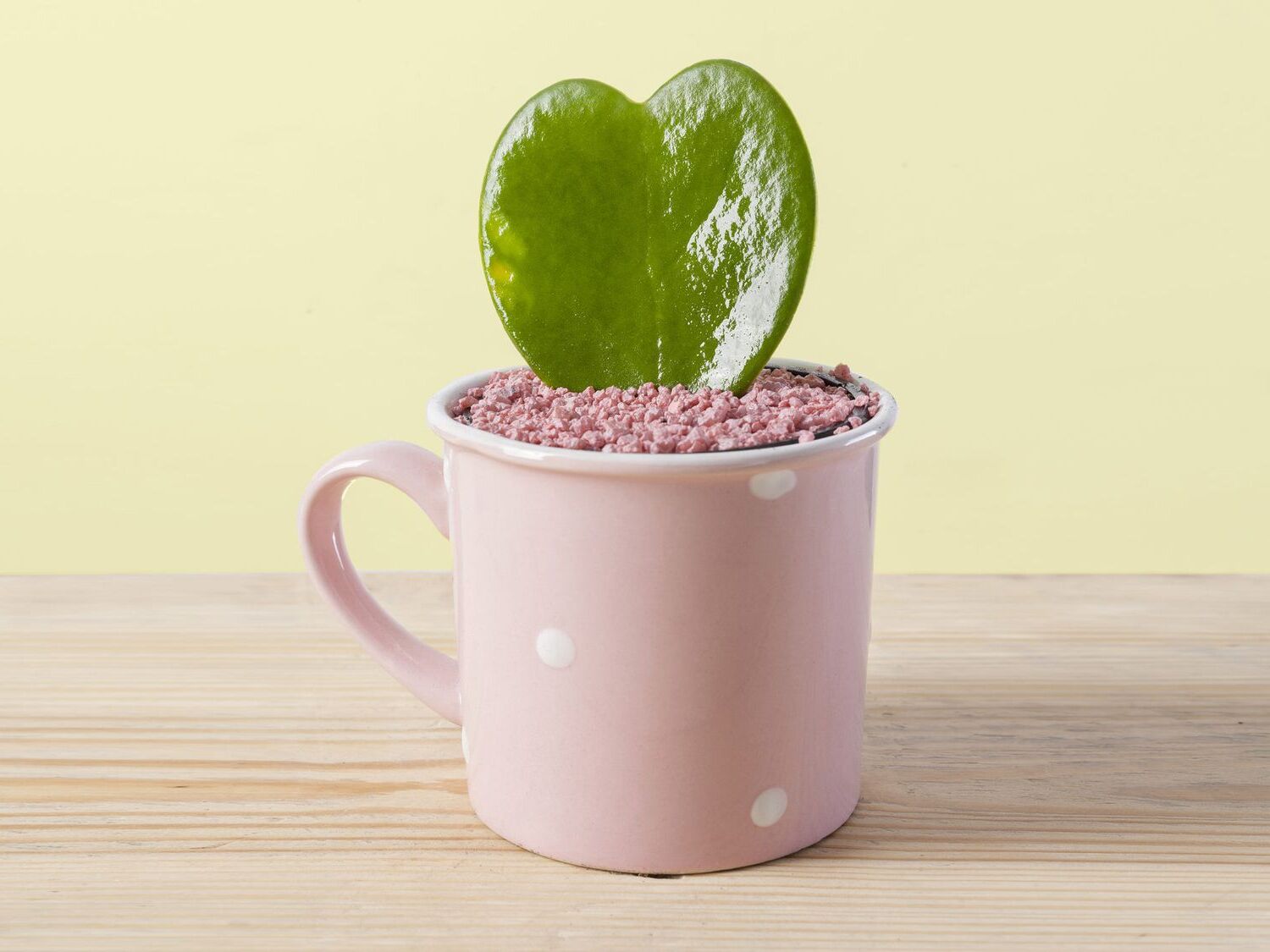
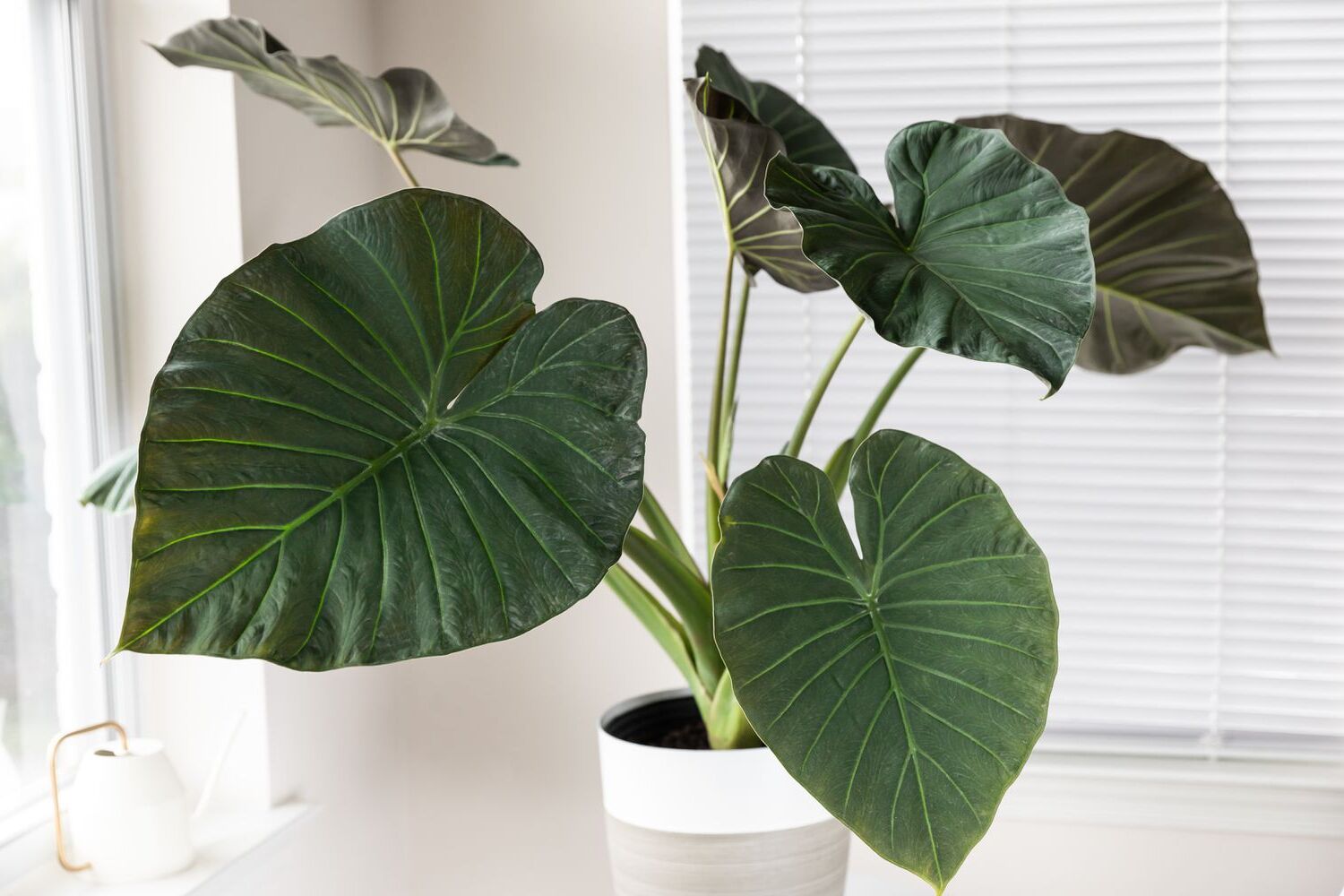
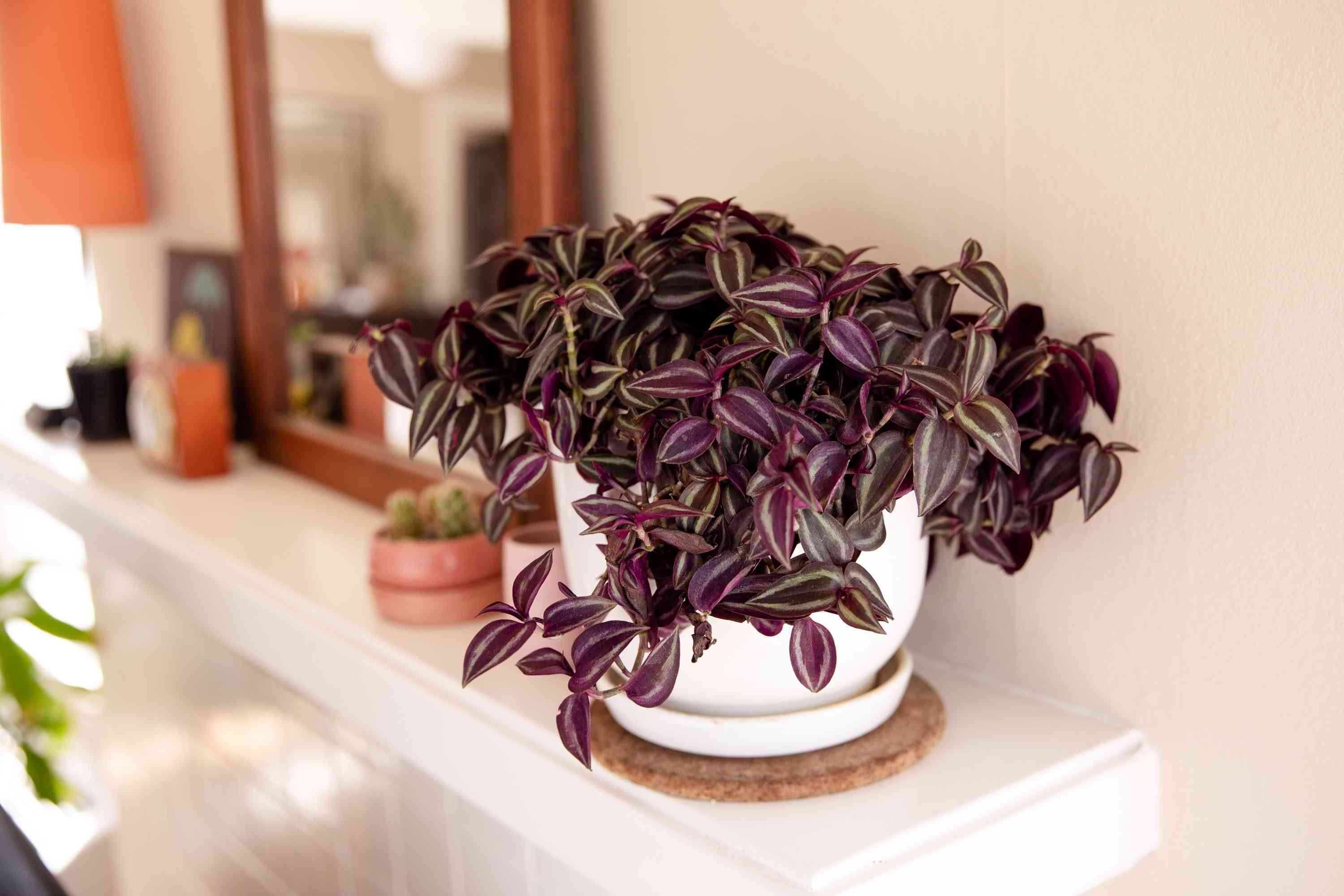
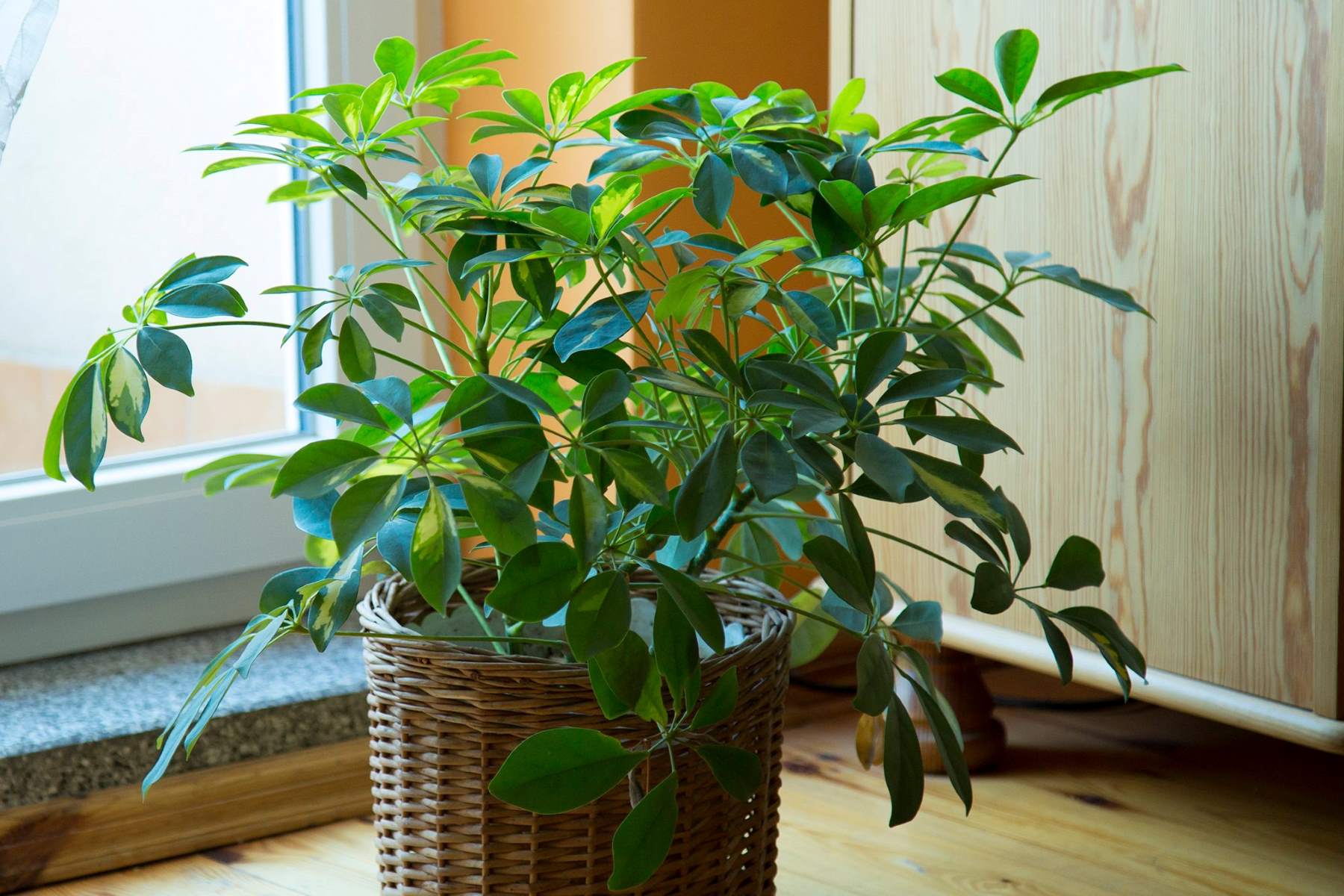
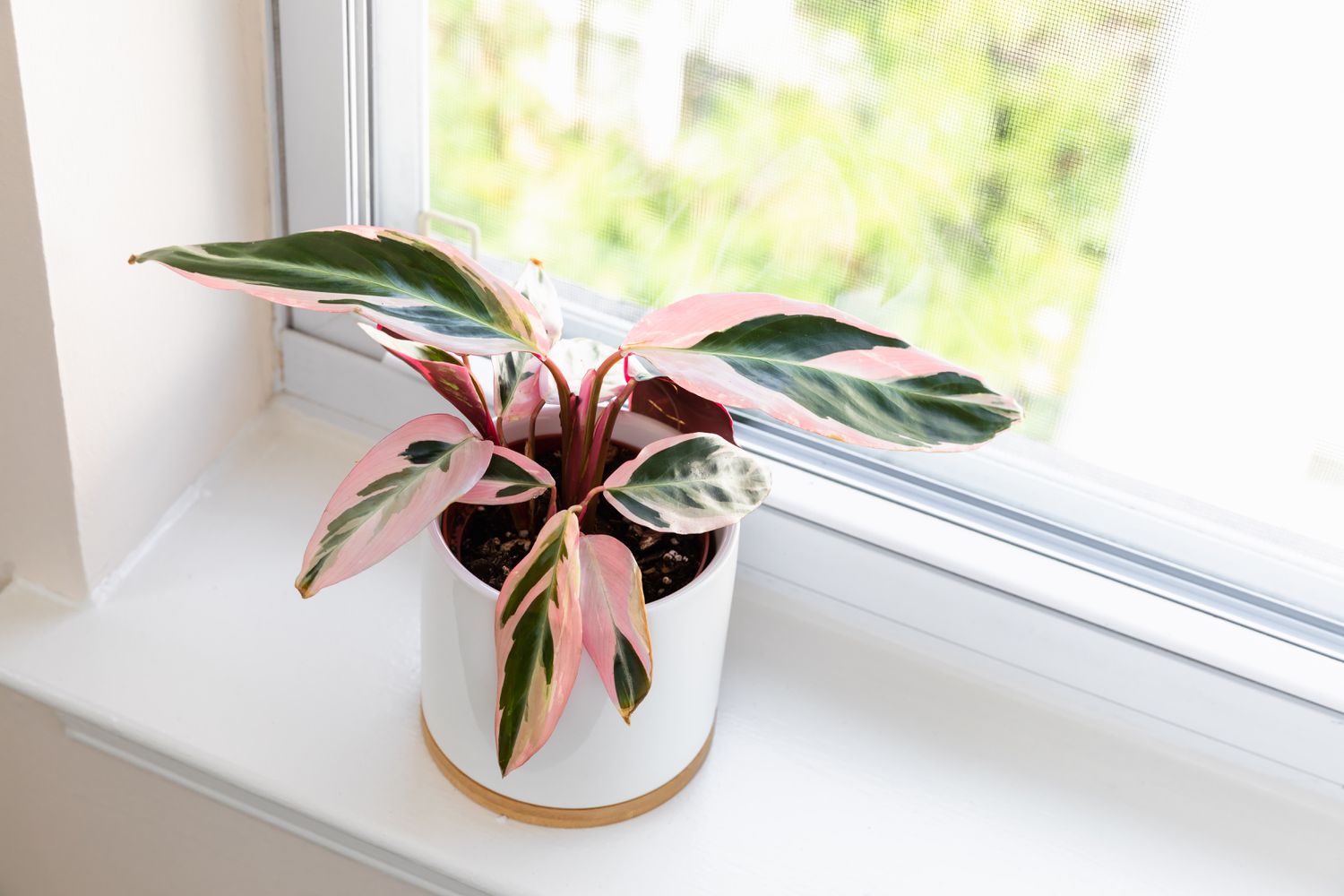

0 thoughts on “Indoor Chinese Evergreen Care and Aglaonema Growing Guide”